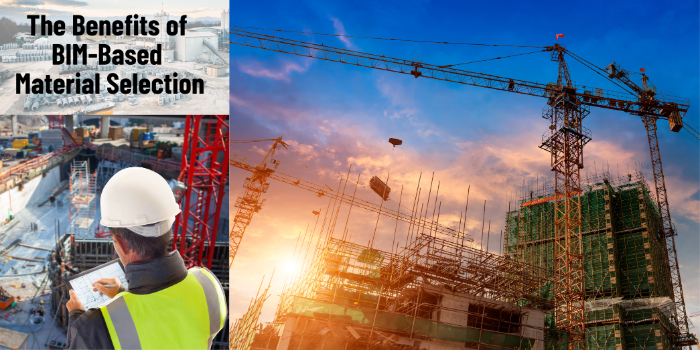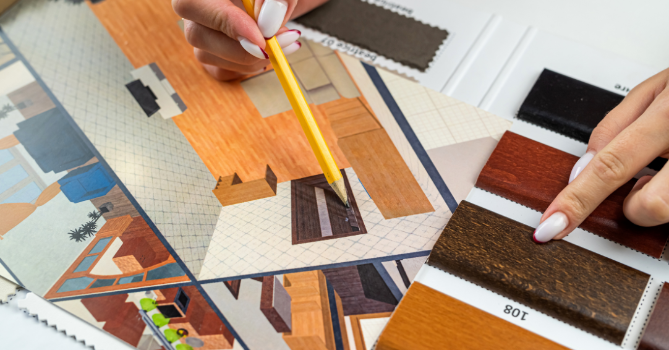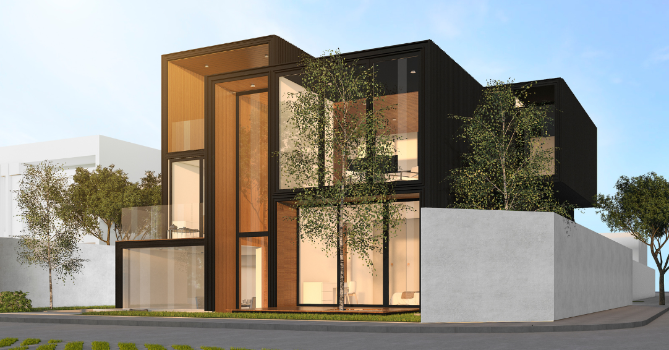
The Benefits of BIM-Based Material Selection
Introduction
Building Information Modeling (BIM) has changed the way we approach construction projects. It's a digital tool that creates detailed 3D models of buildings, helping teams plan, design, and manage projects more effectively. One area where BIM shines is in material selection. It allows architects, engineers, and contractors to choose the best materials based on real data.
When combined with artificial intelligence (AI), BIM becomes even more powerful. AI helps teams make smarter decisions by analyzing data quickly and suggesting efficient, sustainable material options. This leads to projects that are both cost-effective and eco-friendly.
In this article, we will explore the benefits of using BIM for material selection. From improving accuracy to promoting sustainability, BIM offers many advantages that transform how we build. Let's dive into how this technology is shaping the future of construction.
Improved Accuracy in Material Specifications
One of the standout benefits of BIM is the high level of accuracy it provides in material specifications. From the very beginning of the design phase, BIM allows architects, engineers, and contractors to select materials with confidence. Using detailed 3D models, teams can see exactly how materials will fit into the project, ensuring they meet specific requirements.

BIM’s data-rich environment also means that material information is accurate and up to date. If there’s a change in the design, BIM adjusts the material specs in real-time, making sure that everyone on the team is working with the latest data. This greatly reduces the chances of errors or miscommunications.
By catching mistakes early, BIM helps prevent costly project reworks and material waste. Teams can verify the quality and suitability of materials before construction even begins, leading to smoother operations and fewer delays. Ultimately, BIM’s accuracy results in better material choices and more efficient project outcomes.
Sustainability and Life Cycle Analysis
BIM plays a key role in promoting sustainability through its integration of life cycle analysis (LCA). LCA allows project teams to assess the environmental impact of materials over their entire lifespan. This means that architects, engineers, and contractors can make informed decisions about energy efficiency, embodied carbon, and how recyclable materials are.

By using BIM, stakeholders can easily compare materials based on their sustainability factors. For example, they can choose materials that have lower carbon footprints or are sourced from eco-friendly suppliers. BIM’s detailed models also allow teams to visualize how these materials will perform over time, ensuring they meet both sustainability goals and project requirements.
In the long term, this approach leads to more energy-efficient buildings that reduce environmental impact. By considering the life cycle of materials, BIM helps teams lower carbon emissions and adopt greener building practices. This not only aligns with industry standards but also contributes to a more sustainable future for construction.
Enhanced Collaboration and Communication
BIM makes collaboration much easier by offering a centralized platform where all project teams can access and share material data. Architects, engineers, contractors, and suppliers all work from the same information, ensuring everyone is on the same page when it comes to material selection. This helps avoid miscommunication, which can often lead to costly mistakes and delays.

With BIM, real-time updates are available to everyone, so if changes are made, all stakeholders are immediately informed. This prevents rework and ensures that the project stays on track without last-minute surprises. By providing a clear and shared understanding of materials, BIM helps teams work together smoothly, improving efficiency and reducing the risk of errors.
Cost Efficiency and Budget Control
BIM-based material selection offers a significant advantage in controlling costs and managing budgets. With BIM, teams have access to integrated cost data from the start of the project. This allows architects, engineers, and contractors to choose materials that not only meet quality standards but also fit within financial constraints.

BIM tools analyze material costs in real-time, taking into account the project timeline and scope. This predictive capability helps prevent budget overruns by identifying potential cost issues early on. Teams can adjust material choices before construction begins, ensuring they stay within budget.
In the long run, BIM’s ability to optimize material selection also leads to cost savings. By choosing materials that have lower life cycle costs, such as those requiring less maintenance or offering better energy efficiency, projects can save money over time. BIM ensures that financial and quality goals are met, resulting in smarter, more cost-effective building practices.
Risk Mitigation and Compliance
BIM helps reduce risks in material selection by automating compliance checks with building codes and standards. This ensures that all chosen materials meet regulatory requirements, avoiding the risk of non-compliance. By having these checks built into the system, project teams can verify materials early in the process, catching potential issues before they become costly problems.

The automation of compliance checks means less manual oversight is needed, reducing the chances of errors. This not only ensures the safety of the building but also helps avoid legal penalties and delays due to non-compliance. With BIM, teams can confidently select materials that meet all necessary regulations, keeping projects on track and risk-free.
Future-Proofing Through AI Integration
As AI technology evolves, its integration with BIM is enhancing material selection in exciting ways. AI-driven algorithms can predict how materials will perform over time, helping teams choose options that offer durability and efficiency. This ensures that selected materials not only meet current project needs but also perform well in the long term.
AI also optimizes resource use by analyzing material data and suggesting alternatives that are more sustainable or cost-effective. It considers factors like environmental impact, lifecycle costs, and availability, allowing for smarter, data-driven decisions. With AI, construction projects are future-proofed, as teams can select materials that align with both budget and sustainability goals.
Conclusion
BIM-based material selection offers many key benefits, including improved accuracy, enhanced sustainability, better collaboration, cost control, and risk mitigation. By integrating AI, these advantages become even more powerful, leading to smarter, more efficient decisions. Projects can stay on budget, reduce environmental impact, and meet compliance standards with ease. As the construction industry evolves, adopting BIM-based material selection will be essential for staying competitive. It ensures projects are not only efficient and cost-effective but also future-proofed for sustainability. Embracing BIM and AI will help industry leaders succeed in this changing landscape.